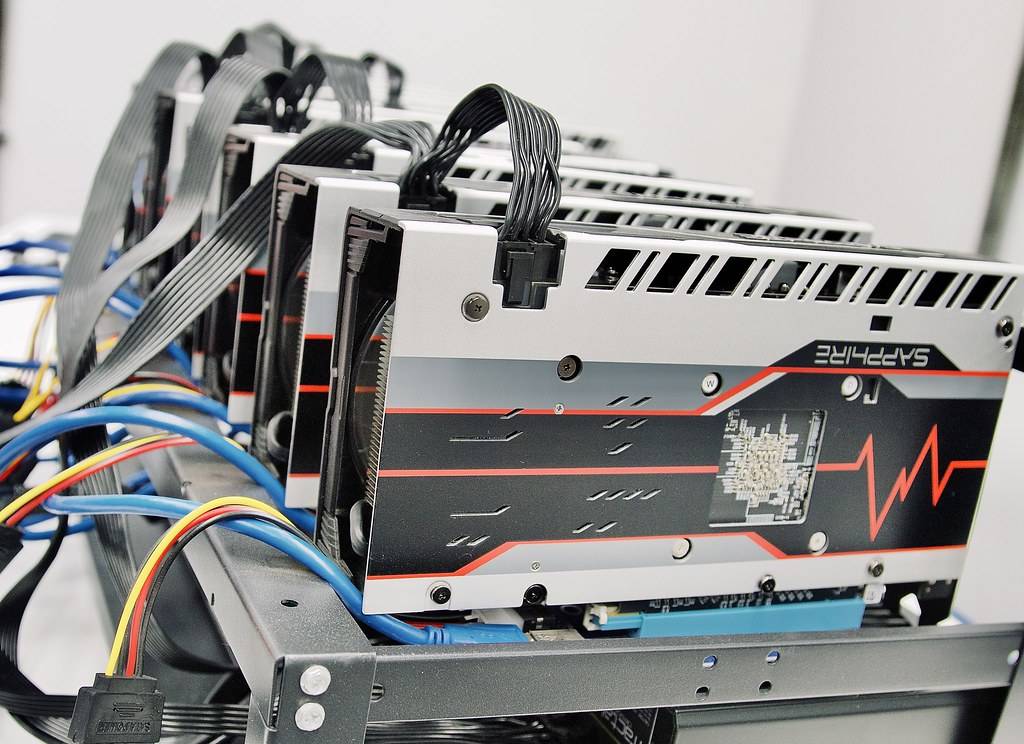Table of Contents
Introduction
Cryptocurrency mining is often portrayed as a mysterious and complex process, yet it is fundamental to the functioning of blockchain networks. Whether you’re a beginner trying to understand how Bitcoin is created or an investor curious about the mechanics behind decentralized networks, understanding cryptocurrency mining is essential.
In this in-depth guide, we’ll explore how mining works, its role in securing the blockchain, the different mining methods, the challenges involved, and whether mining is still profitable in 2025.
What Is Cryptocurrency Mining?
Defining Crypto Mining
Crypto mining is the validation and addition of transactions to a blockchain network. Miners make an attempt using specially designed hardware to solve the complex mathematical puzzle for adding a new block into the blockchain. Miners, in return, are rewarded in some form with freshly minted cryptocurrency.
Thus, mining performs two major utilities:
Verification of Transaction-It ensures that all the transactions that are taking place are valid, and there isn’t any double-spending issue.
New Coin Creation – It introduces new coins into circulation, and it’s the only way to mint new crypto in the proof-of-work blockchains.
How Does Cryptocurrency Mining Work?
The Proof-of-Work Mechanism
Most cryptocurrency mining is based upon the Proof of Work consensus mechanism. Here is how it works:
Transaction Collection: Transactions are collected into a block.
Mathematical Puzzle: Miners solve a cryptographic puzzle with computing power.
Block Verification: The solution is broadcast to the network by the first miner who solves the puzzle.
Consensus and Block Addition: A valid solution is verified by other nodes. Upon being found valid, the block is added to the blockchain.
Reward Distribution: A miner is granted a cryptocurrency block reward and transaction fees.
Mining Difficulty and Hash Rate
Mining Difficulty: Mining difficulty refers to the changing complexity of the mathematical problem over time to maintain a consistent block creation rate.
Hash Rate: The computational power that miners use to solve these puzzles. While higher hash rates increase the probabilities of rewards, they do require more energy consumption.
Types of Cryptocurrency Mining
- Solo Mining
A single miner mines cryptocurrency with his personal hardware.
It requires high computational power and a considerable investment.
The competition from big mining pools diminishes the profitability.
- Pool Mining
Miners pool together to raise their combined computing power.
Proportional distribution among participants according to the hash power contributed.
In comparison with solo mining, here the earnings come out to be more regular.
- Cloud Mining
Basically, a service where one rents mining power from a company that owns mining hardware.
Doesn’t require highly expensive mining rigs and electricity.
Very risky because of a big number of scam sites and huge service fees.
- ASIC Mining vs. GPU Mining
ASIC Miners: Application-Specific Integrated Circuit Miners-Hardware designed especially for mining a particular cryptocurrency, like Bitcoin.
GPU Miners: More versatile and usually applied to mining Ethereum and other altcoins.
The Role of Mining in Blockchain Security
Mining is very vital to the security of blockchain networks because it:
- Prevents Double Spending
Without mining, it would be feasible for malicious actors to try and spend the same cryptocurrency more than once. Mining ensures that each transaction is confirmed and permanently recorded.
- Decentralization and Network Trust
A decentralized network of miners prevents a single entity from controlling the blockchain, reinforcing trust and transparency.
- 51% Attack Prevention
If a single miner or group gains over 50% of a network’s computing power, they could manipulate transactions. High mining difficulty makes such attacks nearly impossible on major blockchains.
Challenges and Controversies in Cryptocurrency Mining
- High Energy Consumption
Bitcoin mining alone consumes more electricity than some entire countries.
This has resulted in criticism over environmental impact.
- Centralization Concerns
Mining activities are dominated by large mining farms and pools.
This concentration of power is in direct opposition to the ideals of cryptocurrency regarding decentralization.
- Regulatory Uncertainty
Countries like China have banned crypto mining due to energy consumption and economic risks.
Others have imposed taxes or restrictions on mining activities.
Is Mining Still Profitable in 2025?
The profitability of mining depends on many factors:
Electricity Costs: Profits are reduced by high energy costs.
Mining Difficulty: As more miners join in, rewards become more difficult to find.
Cryptocurrency Prices: The profitability rises when the market goes into a bull phase and shrinks when the market is in a bearish phase.
Hardware Efficiency: The newer mining rigs are less energy-intensive and produce better results.
Alternative options to keep profitability open include renewable energy mining and mining in countries that have cheap electricity.
Key Takeaways
The process of mining secures the blockchain and verifies transactions.
In Proof-of-Work mining, complex mathematical riddles are solved.
Different mining includes solo, pool, and cloud mining.
Centralization and high energy consumption are some of the challenges.
The profitability of mining depends on electricity costs, difficulty levels, and crypto prices.
Conclusion
At the heart of blockchain technology lies cryptocurrency mining. It ensures that the network is secure, it is decentralized, and coins are distributed. Despite the challenges facing mining, it remains one aspect of cryptocurrencies, including Bitcoin, that is just indispensable.
Planning to mine? Got any questions? Let us know in the comments section below!

Leave a Reply